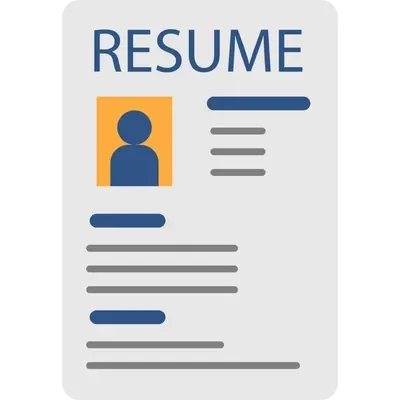Page Topline
Advantages
Creating an Impactful Resume
67eedc77cda12

Creating an effective resume is like crafting a compelling story of your professional journey. It's not merely a document; it's your opportunity to present a narrative that resonates with potential employers. Here's why it's crucial and how to go about it:
Why Building an Effective Resume is Crucial:
In a world where first impressions matter, your resume is the initial chapter of your professional story. It serves as a concise yet powerful introduction, providing employers with a glimpse of your skills, experiences, and the unique value you bring to the table. An effective resume is your personal branding tool, setting the stage for meaningful conversations and opportunities
Steps to Create an Effective Resume:
Define Your Professional Narrative (Objective/Summary) :
Begin with a concise introduction that captures the essence of your professional journey and sets the tone for what follows.
Highlight Core Competencies (Skills Section) :
Showcase your key skills prominently, allowing employers to quickly identify your strengths and what you bring to the workplace.
Illustrate Your Professional Growth (Work Experience) :
Detail your work experiences with a focus on achievements and impact. Use quantifiable metrics to substantiate your contributions.
Emphasize Continuous Development (Education, Certifications, Achievements) :
Showcase your commitment to growth through education, certifications, and noteworthy achievements that reflect your dedication to improvement.
Adapt to Specific Roles (Tailor to the Job) :
Customize your resume for each application, emphasizing experiences and skills that align with the specific requirements of the job.
Convey Your Work Ethic (Work Ethic and Values) :
Integrate aspects of your work ethic and values into your resume, subtly showcasing qualities like reliability, collaboration, and integrity.
Ensure Readability and Consistency (Design and Format) :
Choose a clean and professional design that enhances readability. Maintain consistency in formatting to create a polished and organized impression.
Demonstrate Problem-Solving Skills (Challenges and Solutions) :
Showcase instances where you've encountered challenges and highlight how you proactively addressed them, demonstrating problem-solving abilities.
Encourage Further Exploration (Leave Room for Discussion) :
Craft your resume as an invitation for further exploration. Provide enough information to intrigue employers, leaving room for discussion during interviews.
Facilitate Contact (Include Contact Information) :
End your resume with clear contact information, making it easy for employers to reach out and continue the conversation.
Page Copyright
© Copyright 2025 All Rights Reserved
